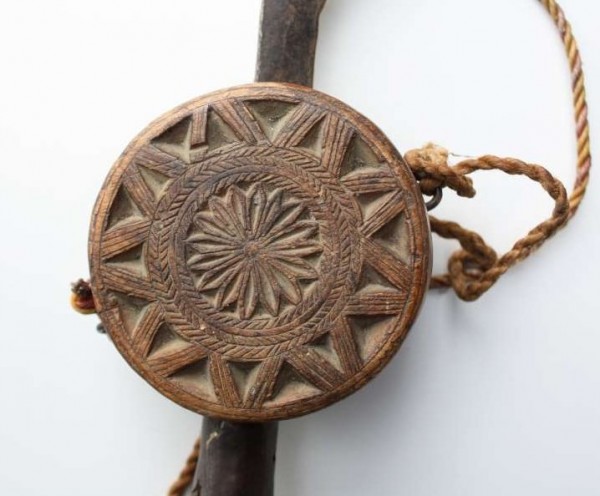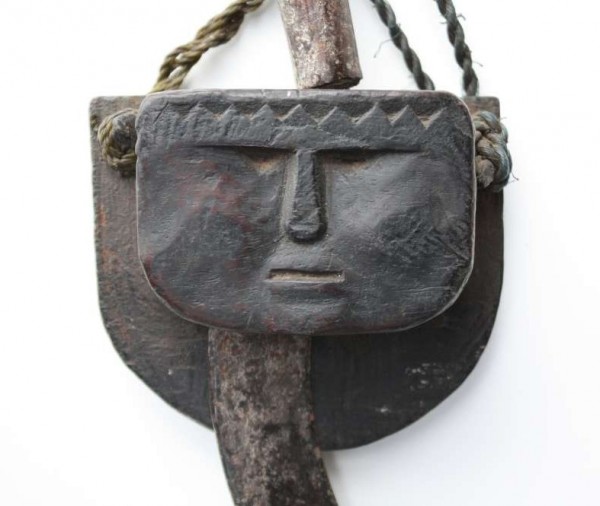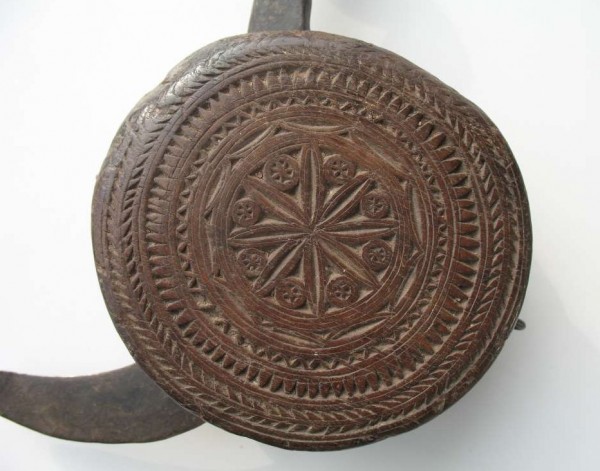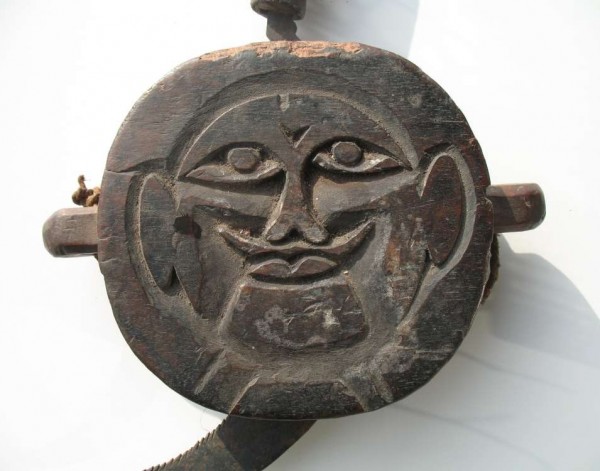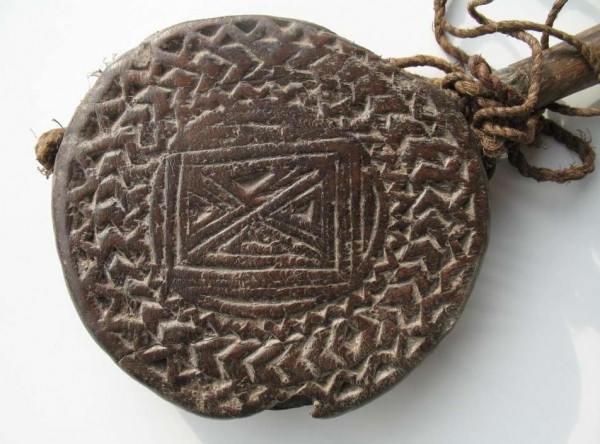The seven sculptures with animal Heads, presented below, come from the Terai region, most probably from the Rajbanshi tribe in the eastern south of the Terai. The seven objects were acquired as a group and, therefore, seem to form an ensemble used by a tribal puppeteer traveling from village to village, playing instruments, telling stories etc.
January, 2010
in preparation
Sickle Holder 1
Jan 24
Sickle Holder 2
Jan 24
Length: 9 cm Height: 7,5 cm Width: 3,5 cm Weight: 85 gram
Sickle Holder 3
Jan 31
Diameter of the holder: 9,5 cm Depth: 3,5 cm Weight: 123 gram
Sickle Holder 4
Jan 31
Sickle Holder 5
Jan 31
Diameter of the holder: 10 cm Depth: 2,5 cm Weight: 95 gram
The doublebird sculptures presented here were marriage gifts. Marc Petit and Christian Lequindre describe them in their unique book in the following way: “A similar preciousness can be seen in a rare type of object whose intriguing shape of double spiral — figuratively interpreted as an upside-down pair of birds, swans, or ducks — can be explained both by its specific function and the circumstances in which it was used. Called gunta kasne (or guneko), in Rai country these items are a gift from the bride’s parents, to be used to bind the pieces of fabric that constitute her dowry. … Beyond their practical value, such items … are clearly conceived by the givers as an artistic symbolic testimony of love and faithfulness” (Petit & Lequindre, 2009, p. 47).
“gunta kasne”means in English “to tie up a bundle”, in German “ein Bündel schnüren”.
The quality (elaborateness) of the doublebird sculptures presented here varies considerably. While sculptures 1, 4 , 5, 8 and 9 are impressive because of their form and their very fine elaborated floral design, sculpture 3 — in contrast — is a relatively simple object.
Reference: Petit, M. and Lequindre, C. (2009). Nepal. Shamanism and Tribal Sculpture. Infolio.
